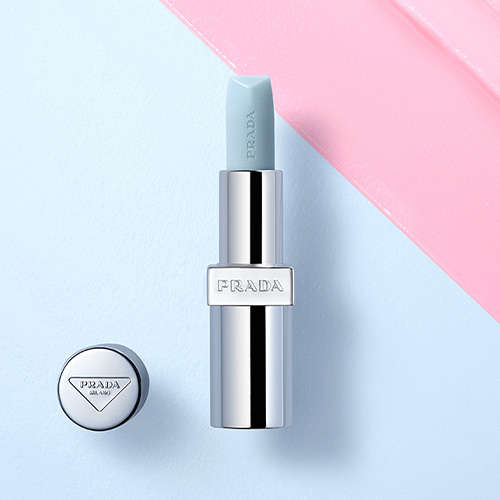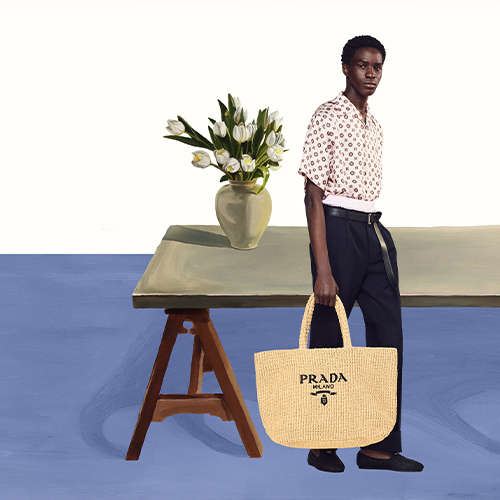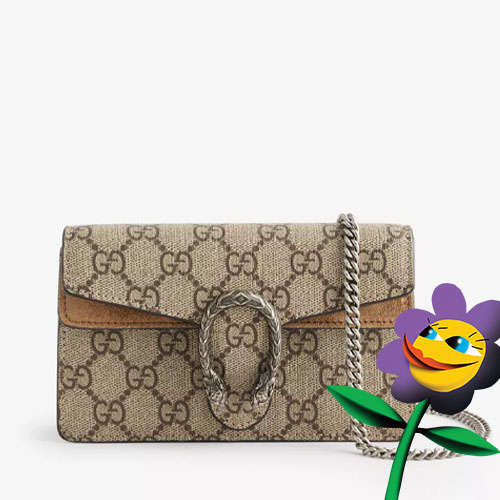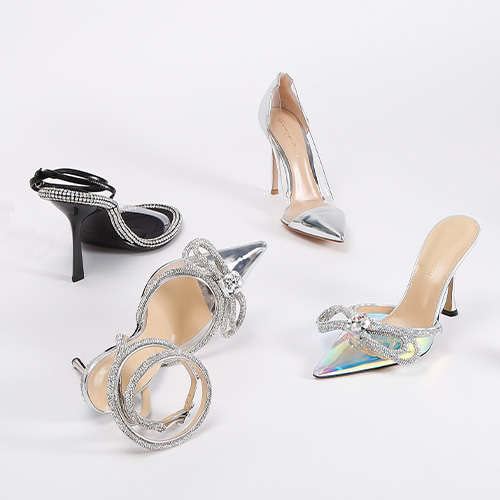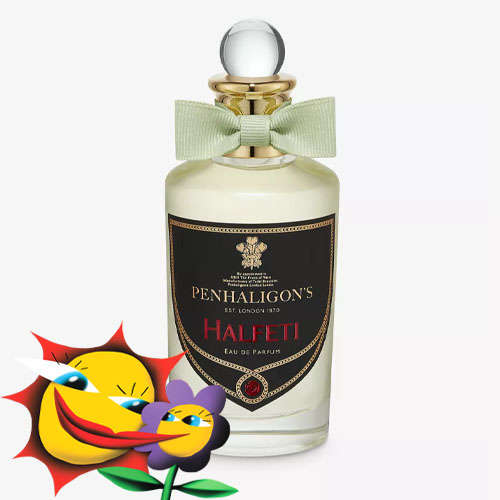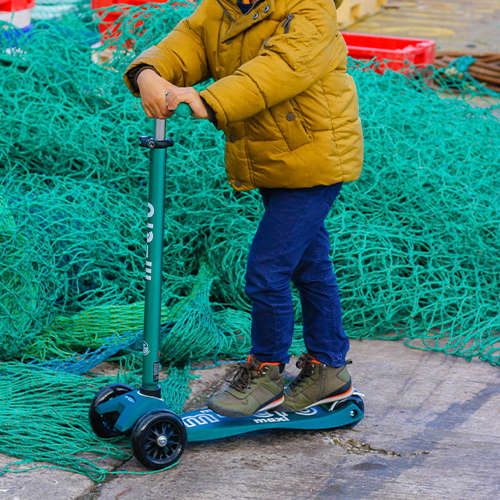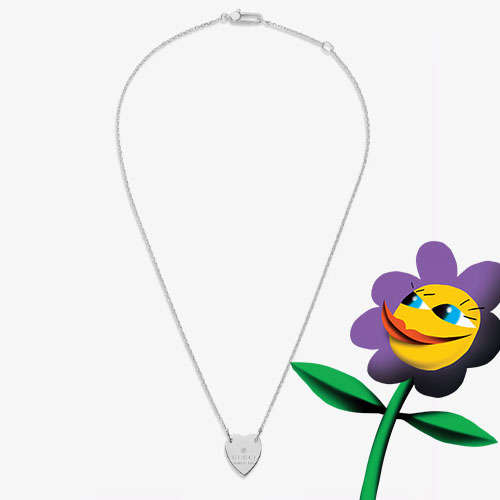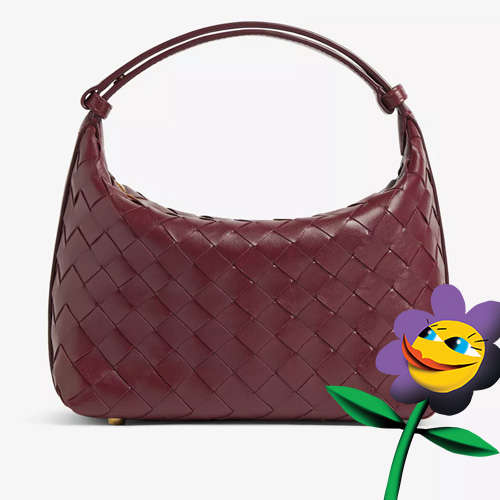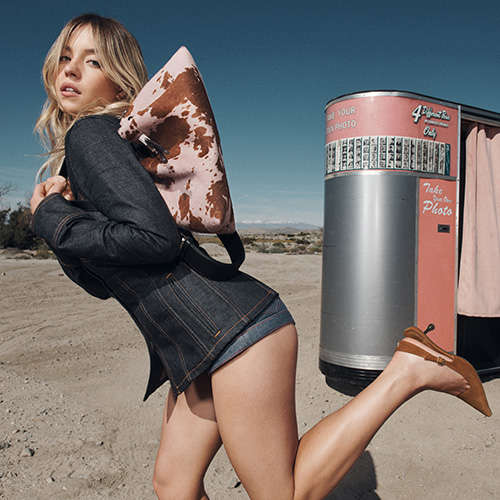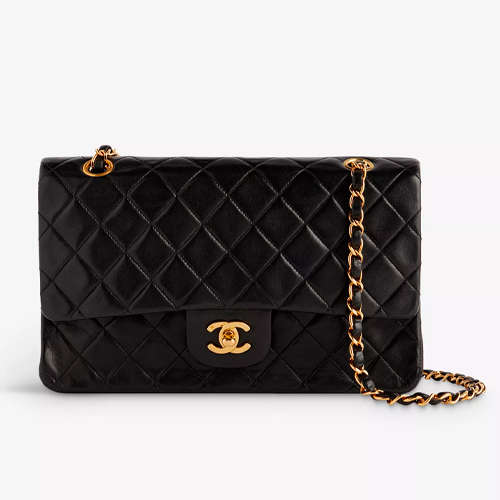- Australia / AUD $
- Canada / CAD $
- China / CNY ¥
- France / EUR €
- Germany / EUR €
- Hong Kong SAR China / HKD $
- Ireland / EUR €
- Italy / EUR €
- Japan / YEN ¥
- Kuwait / USD $
- Macao SAR China / HKD $
- Netherlands / EUR €
- Qatar / USD $
- Saudi Arabia / USD $
- Singapore / SGD $
- South Korea / KRW ₩
- Spain / EUR €
- Taiwan / TWD $
- United Arab Emirates / USD $
- United Kingdom / GBP £
- United States / USD $
- Not yours? Read more
Tell us what you think
Shop in your local currency and language
You are currently in United States US / USD $ store
- English
- English
- English
- English
- English
- English
- English
- English
- English
- English
- English
- English
- English
- English
- English
- English
- English
- English
- English
- English
- English
Did you know that we deliver to 130 countries or regions and offer a range of delivery options to suit you wherever you are in the world? Find out more
Sign up once to our Selfridges+ service and you can enjoy unlimited deliveries wherever you are in the world. FIND OUT MORE
International delivery
With almost everything on selfridges.com available for International Delivery, you can send your order to 130 countries or regions around the world, including North America, Australia, the Middle East and China.
Although we only offer 20 currencies to browse in online, you can still deliver to all of the following countries or regions:
- Algeria
- Andorra
- Antigua and Barbuda
- Aruba
- Australia
- Austria
- Azerbaijan
- Bahrain
- Bangladesh
- Barbados
- Belarus
- Belgium
- Belize
- Bermuda
- Bolivia
- Botswana
- Brunei
- Bulgaria
- Cambodia
- Canada
- Cayman Islands
- Chile
- China
- Colombia
- Costa Rica
- Croatia
- Cyprus
- Czech Republic
- Denmark
- Dominica
- Dominican Republic
- Ecuador
- Egypt
- El Salvador
- Estonia
- Finland
- France
- French Guiana
- Germany
- Gibraltar
- Greece
- Grenada
- Guadeloupe
- Guatemala
- Guernsey
- Guyana
- Honduras
- Hong Kong
- Hungary
- Iceland
- India
- Indonesia
- Ireland
- Israel
- Italy
- Jamaica
- Japan
- Jersey
- Jordan
- Kazakhstan
- Kenya
- Kuwait
- Laos
- Latvia
- Lebanon
- Lesotho
- Liechtenstein
- Lithuania
- Luxembourg
- Macau
- Malaysia
- Maldives
- Malta
- Martinique
- Mayotte
- Mexico
- Monaco
- Montserrat
- Morocco
- Myanmar
- Namibia
- Netherlands
- New Zealand
- Nicaragua
- Nigeria
- Norway
- Oman
- Pakistan
- Panama
- Paraguay
- Peru
- Philippines
- Poland
- Portugal
- Puerto Rico
- Qatar
- Reunion
- Romania
- Rwanda
- Saint Kitts and Nevis
- Saint Lucia
- Saint Martin (French part)
- San Marino
- Saudi Arabia
- Serbia
- Singapore
- Slovakia
- Slovenia
- South Africa
- South Korea
- Spain
- Sri Lanka
- Suriname
- Swaziland
- Sweden
- Switzerland
- Taiwan
- Tanzania
- Thailand
- Trinidad and Tobago
- Turkey
- Uganda
- Ukraine
- United Arab Emirates
- United Kingdom
- United States
- Uruguay
- Venezuela
- Vietnam
Exploring the future of fashion with
The Institute of Digital Fashion
As London Fashion Week goes digital and people begin to explore the benefits of digital-only clothing, we meet the pioneers transforming the fashion landscape
Words: Chekii Harling
In this time of dramatic change, the move from ‘IRL’ to URL experiences, services and products has only accelerated as people seek out new ways to shop. But what does that mean for the future of fashion and retail? Digital strategist Leanne Elliot Young and world-leading 3-D maker Cattytay are two solution-driven pioneers who set up The Institute of Digital Fashion to explore how we might consume fashion for a new sustainable era (a mission we share here at Selfridges with our Project Earth initative. In celebration of the pair's London Fashion Week Instagram takeover on @theofficialselfridges, we spoke to the pair (and their digital avatar from the year 2040 – scroll down for more!) about the process of crafting virtual clothing, collaborating with a couture atelier and how digital fashion can benefit both people and the planet.


Renaissanc-e’ IoDF Digital Humans editorial for VOGUE Italia. VOGUE 17 LUGLIO 2020, curated by Rujana Cantoni
The Institute of Digital Fashion (IoDF) collaborates with industry stalwarts such as The British Fashion Council, NIKE, Balenciaga and the V&A in order to develop a more inclusive digitisation of fashion. This mission stems from your belief that “the semantics of fashion are changing”. What do you mean by this?
Leanne: With 4.54 billion people actively using the internet, a digital age calls for digital connectivity – fashion has been a late adopter of these notions. The semantics of the industry have wildly changed – luxury fashion shows can be watched in real-time anywhere and digital stores are infinite, size no longer matters.
Cattytay: The Institute of Digital Fashion is an emblem for change. There didn’t used to be a digital fashion landscape within the industry, but now we are exploring how the language of digital can be used to restructure this broken model.
What are your roles at the Institute of Digital Fashion?
Leanne: I lead business and design strategy with a creative mind, and I educate clients on the artisanal craft that goes into the [digital] work. We are pushing against the idea of digital being a quick fix and building a new, more democratic, sustainable future for fashion which is currently unregulated and biased.
Cattytay: I am the Creative Director of IoDF, with expertise in digital and physical garment construction. I build the ideas with the clients; the standard of the work needs to be ground-breaking: it sits in luxury fashion but with a big vision for the future.
Garment created using IoDF Garment simulation, base dev in Clo3d on couture pieces. TINITUS ‘ For August Getty Atelier
How has your previous experience in fashion informed the work you create today?
Leanne: Prior to IoDF, I was at CommuneEAST, which I founded as an ‘ideas and futures’ incubator, working specifically on IRL x URL unison. Building strategies, relationships and collaborations at CommuneEAST, we brought together creative minds from different backgrounds, including art, fashion, technology and science, to help companies and emerging artists work in IRL and URL, collaborating with the likes of the BFC, Frieze, Kenzo and NIKE.
Cattytay: I founded Digi-Gxl – an inclusive, 24/7 GLO-CAL community and support network championing womxn, Intersex, transfolk and non-binary people who specialise in 3-D/motion design, AR/VR reality and more. As an experienced digital garment specialist, I took an interest in developing new possibilities surrounding fashion, technology, sustainability, and the diversification of body images. My work with Digi-Gxl and my individual practice has led me to work with clients such as Balenciaga, Chloé and Raf Simons. I met Leanne while on the panel for the Dazed x Colmar LFW ‘Fashion Disruptors: Fashion in the Digital Age’ talk – straight away you could tell we both shared the same crazy energy and vision for the future.
Which IoDF projects have you personally found the most exciting?
Leanne: With IoDF, the August Getty Atelier project is one that’s been super-important. We are delivering a 6-month series, [in which] we are building a digital world that introduces a new utopia, the latest couture collection, and the August Getty manifesto for change.
Cattytay: We are currently offering desk spaces at our London HQ to support and mentor BAME, LGBTQIA+ individuals. Our aim is to create a more sustainable, inclusive and progressive future through digital making. With the August Getty Atelier project, we are building a whole universe using 3-D design tools, simulation techniques and animation processes. We will be working alongside their atelier team, realising every detail through toiles and sketches. Their couture pieces are immensely embellished and luxuriously intricate; working with couture is really rewarding.
Our aim is to create a more sustainable, inclusive and progressive future through digital making.
- Cattytay (Creative Director and 3-D digital maker)

IoDF Garment simulation, base dev in Clo3d on couture pieces. TINITUS ‘ For August Getty Atelier
What’s involved in making 3-D fashion models and garments?
Leanne: A great deal of skill, time, care and expertise. We always listen to the client first and then build on the vision with our creative solutions and technical abilities.
Cattytay: When it comes to clothing, this depends on the complexity of the garment itself. There’s the digital construction of the piece – the fabrics, the fastenings, and applying fabric properties and prints. This level of precision is developed by mimicking every detail; to create a truly responsive digital garment, it takes a team of experts. The digital humans we create at IoDF can walk, talk and cry; we aim to push beyond traditional notions of beauty and traditions. When we put digital humans and garments together, we create movement and animation using a database or we use a real-life model wearing a motion capture suit. The movements created by the physical human are transferred across onto the digital human. Digital human replicas are much more sustainable, you can have one replica at multiple shows without models having to board a plane.
How can digital fashion help the industry to be more environmentally and socially responsible?
Leanne: The global state of the crisis from Covid-19 and the BLM movements has radically affected every current of the fashion industry. It’s important for digital makers to really hold up some of the issues that plague the industry. The fast-fashion movement is one we need to push against, not replicate with digital. We have the power to democratise the landscape without adding to landfill while showcasing fashion in new, innovative, sustainable ways.
Cattytay: Our digital e-fits come without traditional sizing constraints – it’s a better approach to industry body standards and sustainability as no fabric is used. There is no substitute for feeling a piece of fabric in real life, but we are able to use tech to problem solve and highlight the creativity and craft behind the garment. We must use digital technology to generate a new form of emotional connectivity, creating a higher quality product that holds both physical and digital layering.
In this time of dramatic change, the move from ‘IRL’ to URL experiences, services and products has only accelerated as people seek out new ways to shop. But what does that mean for the future of fashion and retail? The CEO of the Institute of Digital Fashion Leanne Elliot Young and world-leading 3-D maker Cattytay are two solution-driven pioneers who set up The Institute of Digital Fashion to explore how we might consume fashion for a new sustainable era (a mission we share here at Selfridges with our Project Earth initiative). In celebration of the pair’s London Fashion Week Instagram takeover on @theofficialselfridges and tonight’s must-watch webinar we spoke to the pair (and their digital avatar from the year 2040 – scroll down for more!) about the process of crafting virtual clothing, collaborating with a couture atelier and how digital fashion can benefit both people and the planet.
The fast-fashion movement is one we need to push back against, not replicate with digital.
- Leanne Elliot Young (CEO and Lead Design Strategist at the Institute of Digital Fashion)

BTS at the digital atelier; 'Building a new democratic, incluive universe.' TINITUS' for August Getty Atelier
How can we ensure that the craft of digital fashion is as respected as clothes designed using physical materials?
Leanne: This is a key issue in the making of digital fashion. The digital artisan’s craft and worktime is massively underestimated and misunderstood – the assumption is that there is a magic button, for a quick turnaround. People still don’t get that ‘time is money’ in digital, which is why working with a couture atelier has been amazing, as craft is mirrored. We want to demystify digital a little and bring some insight into the workloads involved – our Selfridges Instagram takeover is drawing attention to those processes.
Cattytay: We will be launching an IGTV series to discuss these issues. We are urging our creative communities to speak to us, and we are offering assistance with budgets to push for the right pay under the IoDF digital house. Together, we can challenge the brands who ask for free renders and be a part of reinventing this industry for the better in the process.
Discover more about The Institute of Digital Fashion’s Instagram takeover here.

IoDF, An emblem for Change
We speak to The Institute of Digital Fashion’s future avatar
With digital fashion currently in its infancy, we decided to consult the future via a digital avatar from the year 2040, created by The Institute of Digital Fashion. Why? To gain a greater insight into how the processes pioneered by The Institute of Digital Fashion have evolved to solve problems in the present (without a ‘futuristic’ silver sci-fi suit in sight!)
What’s it like in 2040?
Hi, thank you for asking, let me configure…It’s a post-physical reality, we exist in avatar projections. The wider populations have not even reacted to this shift; if you consider the Facetime spark in the late 2000s, it seems people just slip into new tech incrementally. The AI and auto-type functions on phones made a perfect map on the syntax and semantics of humanity so we speak freely in multiple languages and shop by prediction.
How has fashion developed?
Fashion design is augmented and delivered by algorithmic predictions. AI knows more about you and what you consume than your subconscious brain. In this post-human world, elements of the process are not ignored; you can book ‘touch time’, where you can touch fabrics which are then downloaded and recreated by a digital atelier. IoDF has a showroom by appointment that exhibits all the luxury digital moments throughout history.
What does fashion week currently look like?
Fashion week is a long-retired concept; dressing is led by independent social networks, building live responses to digital ‘garments’. You can try on and engage with your ‘algorithmic configuration’, coders sit beside high rollers and hack live simulations to configure new versions of digital garments. We often tune into ‘our vision’: a curated environment that digitally overlays your aesthetic ideals into every situation.
How is fashion dealing with the climate crisis in 2040?
Legislation and transparency are key, we have activist groups that are collectively instigating change. You can instantly trace products right back to the source. Blockchain instigated this, but now you can see how the product you are purchasing affects the planet in live data. We live in an arid landscape that is seasonless, with monumental tectonic shifts plaguing the climate. We all own a piece of the globe and have a responsibility to protect it; the live data feed broadcasts how our actions are positively or negatively impacting this, you are held accountable by the algorithm.

Founders of The Institute of Digital Fashion, Cattytay and Leanne Elliott Young
IoDF X Selfridges webinar
Register via Eventbrite to explore digital craft and future solutions.
6.30pm, 17 September

